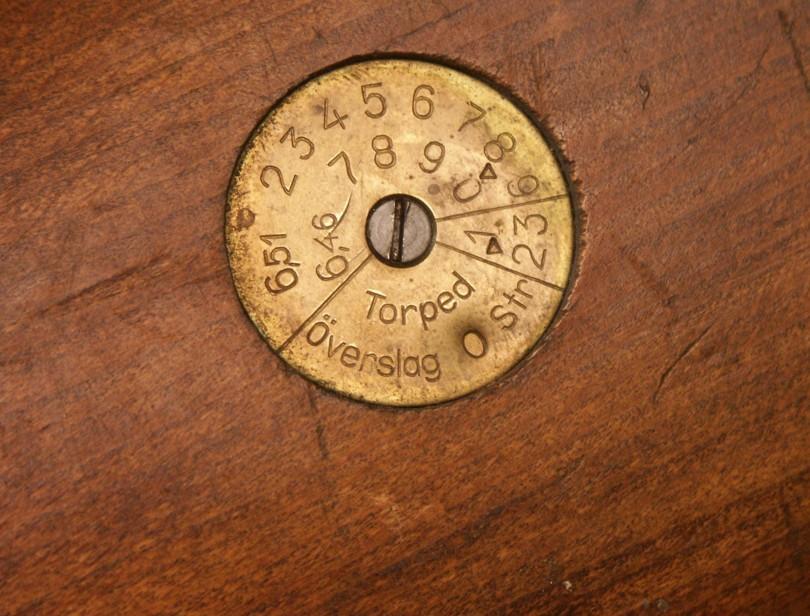Karl Gustaf model M96
Carl Gustafs Stads Gevärsfaktori (“Factory of rifle of Eskilstuna”) was founded in 1812 as manufactures national. With Husqvarna, it provided weapons to the Swedish army for nearly two centuries.
Between 1943 and 1991, the factory was under official control by the agency Förenade Fabriksverken (FFV).
In 1970, Husqvarna sold the division of the personal weapons with FFV.
This manufacture created anti-tank rifle Carl Gustav m2, and the machine pistol Carl Gustav M45.
The model M96/38
In 1938 30,000 rifles M96 were modified with a shorter barrel of 24.5 inch. The new barrel and the adoption of the new m/94/41 cartridge required that the rifle be equipped with a new rear sight. A quantity of new rear sights were manufactured for the m/96-38 by a local firm, but it proved more economical and-with a little training-just as effective to simply attach a metal plate or paper decal to the butt stock which gave the soldier a chart by which to quickly calculate the amount of hold "over" or "under." These decals or plates were attached to the stocks after the adoption of the new cartridge in 1941, see Figure 8. They were attached upside down so that the shooter could read them with the rifle at the shoulder simply by rotating the stock to the left.
The initial model is the model M96 and was designed and deployed as an infantry rifle. Its 29.1 inch long barrel was believed necessary to burn all the powder in the 55 mm-long cartridge case to achieve maximum velocity and stabilize the 156 grain bullet in the m/1894 cartridge.
The first rifles were built at the Carl Gustaf factory with receiver dates starting with 1898 and serial numbers beginning at "1" and ending in 1925 at circa serial number "517,277". All M96 rifles were built with the long 29.1 inch barrel and rear sights calibrated to 2,000 meters. Those rifles with barrels threaded at the muzzle for the blank firing device were designated with a "B" prefix, i.e., "Gevär m/96B."
